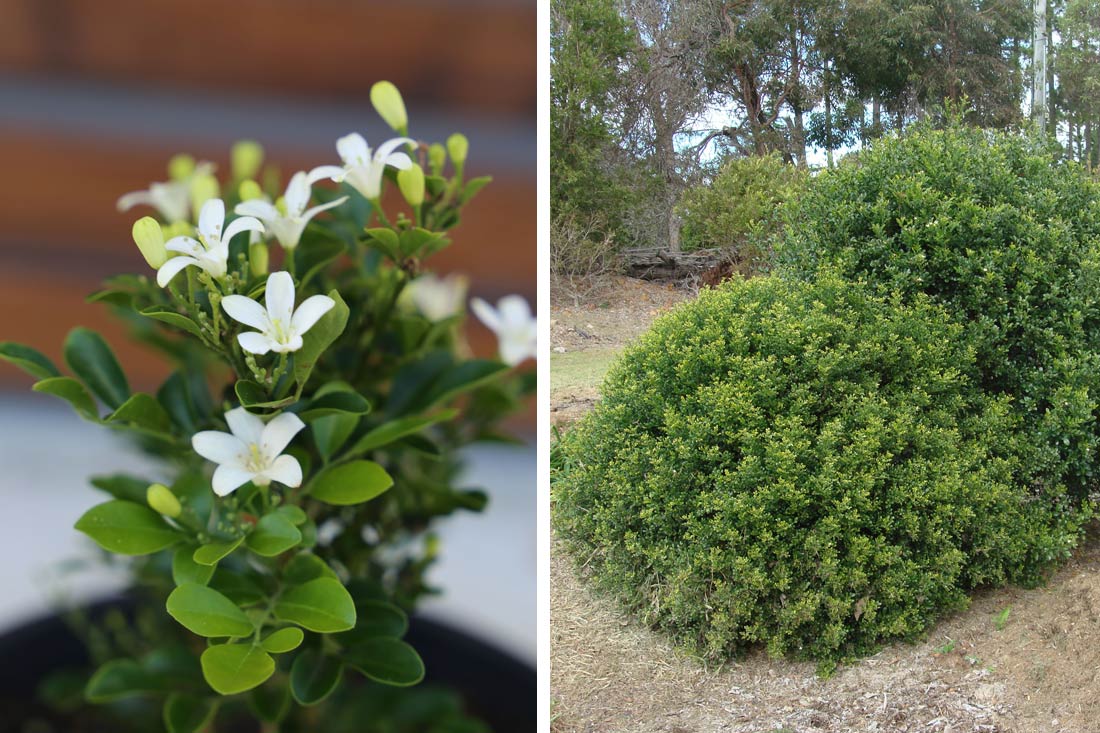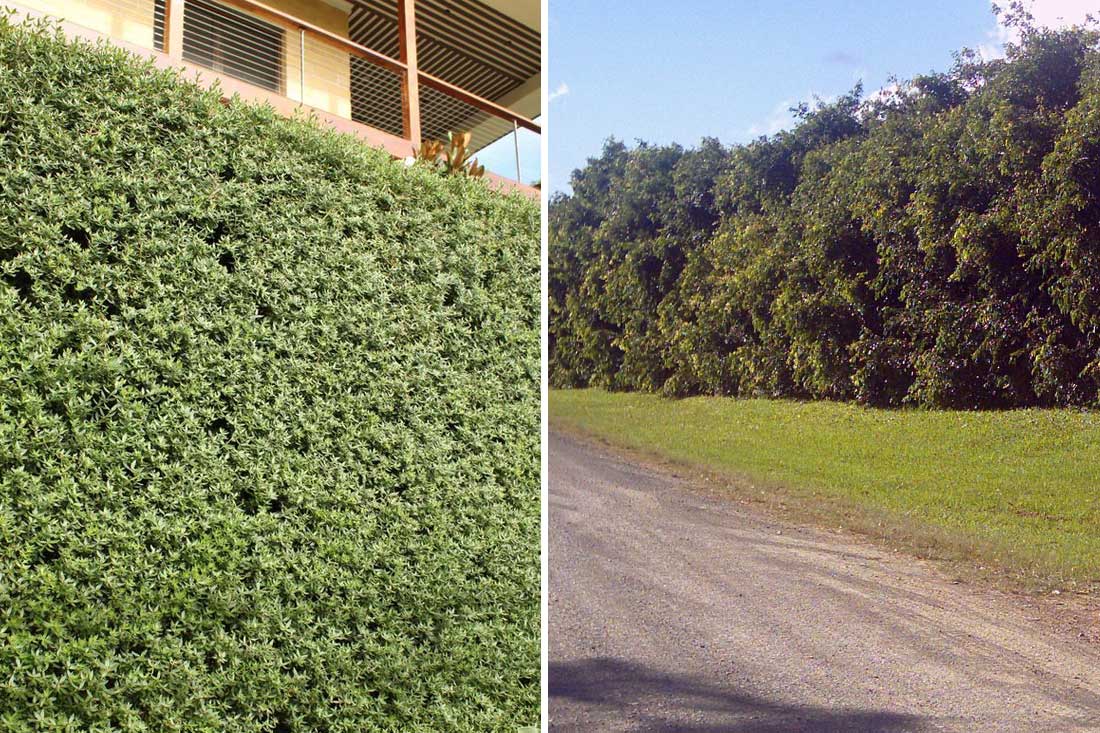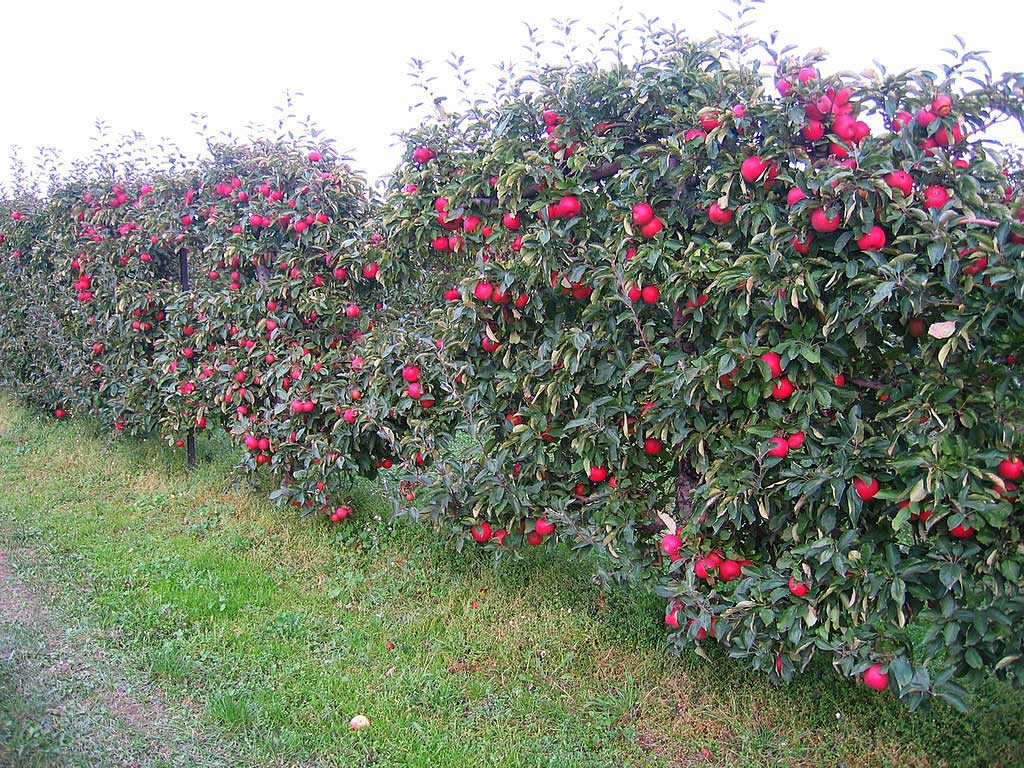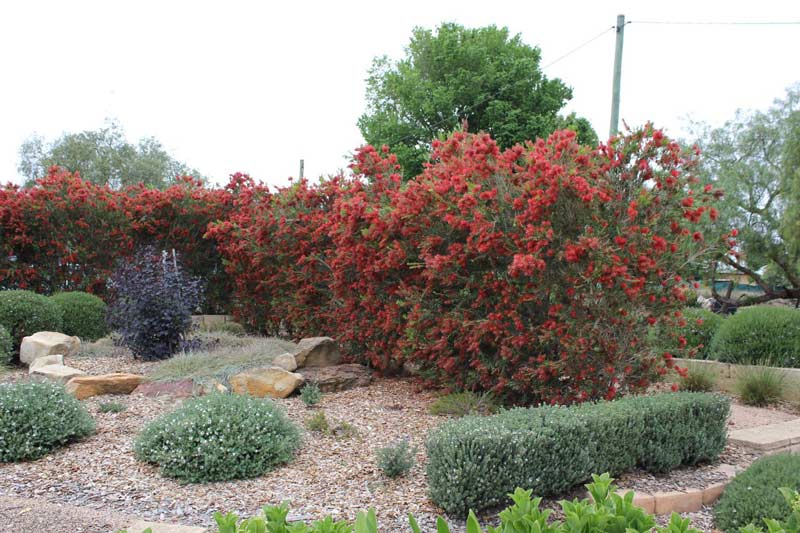Lilly pilly hedges, known for their vibrant foliage and robust growth, are widely admired in gardens across Australia. Their ability to create dense, attractive screens has made them a favourite choice among experienced home gardeners and professional landscape experts alike. This article aims to provide practical advice on the ideal soil conditions for lilly pilly hedges, helping you make informed decisions for your garden.
- This lilly pilly suits well-drained soils to heavy clay loams. Plus, it’s also highly psyllid and myrtle rust restistant. Sweeper® Waterhousea floribunda ‘DOW20’ PBR.
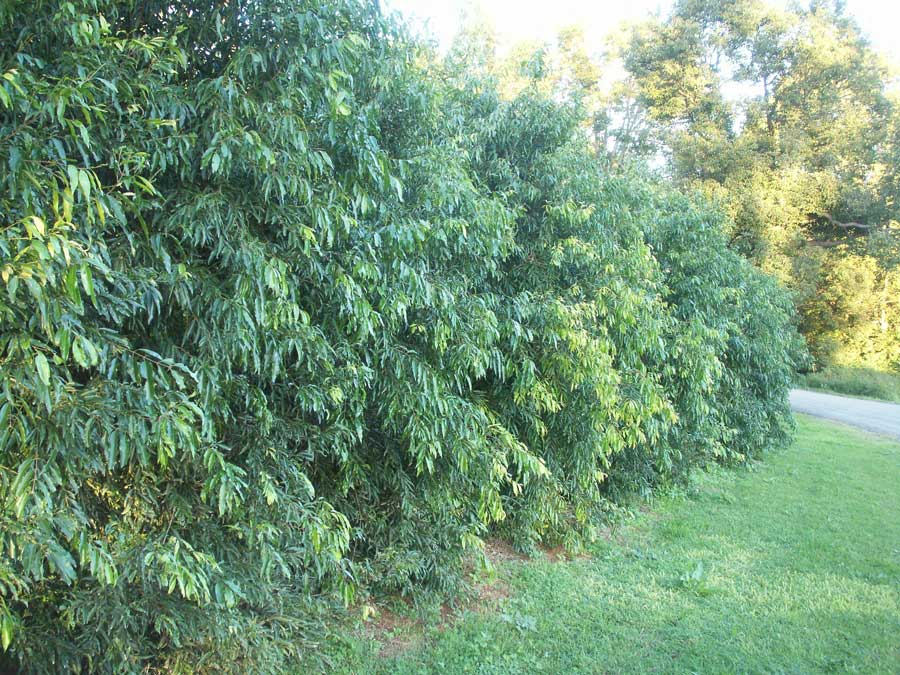
Understanding Lilly Pillies
The term ‘lilly pilly’ refers to several species within the Syzygium genus, including Syzygium smithii and Waterhousea floribunda. These evergreen trees and shrubs are native to Australia’s rainforests, known for their glossy leaves, colourful new growth, and edible berries. Understanding their native environment and growth habits is key to replicating the ideal conditions in your garden.
Soil Types and Their Impact on Plant Growth
Soil is much more than just dirt – it’s a complex mixture of minerals, organic matter, water, and air, each contributing to its unique characteristics. The size of soil particles determines its texture, which could be sandy, loamy, or clayey. Organic matter, on the other hand, contributes to soil structure and nutrient content.
Several issues can affect soil health, such as poor drainage, water retention, sodicity, and erosion. These factors influence plant growth by affecting root development, nutrient availability, and water retention.
The Ideal Soil Type for Lilly Pilly Hedges
Lilly pillies thrive best in free-draining but moist soils. Good drainage is crucial for preventing root rot, a common issue in waterlogged soils. Moreover, well-draining soils help lower the risk of psyllid infestations that cause unsightly lumps on leaves. Lilly pillies prefer slightly acidic to neutral pH levels, which are optimal for nutrient absorption.
- This lilly pilly is typical in that it prefers well-draining but moist soils. Pinnacle™ Syzygium australe ‘AATS’ PBR.
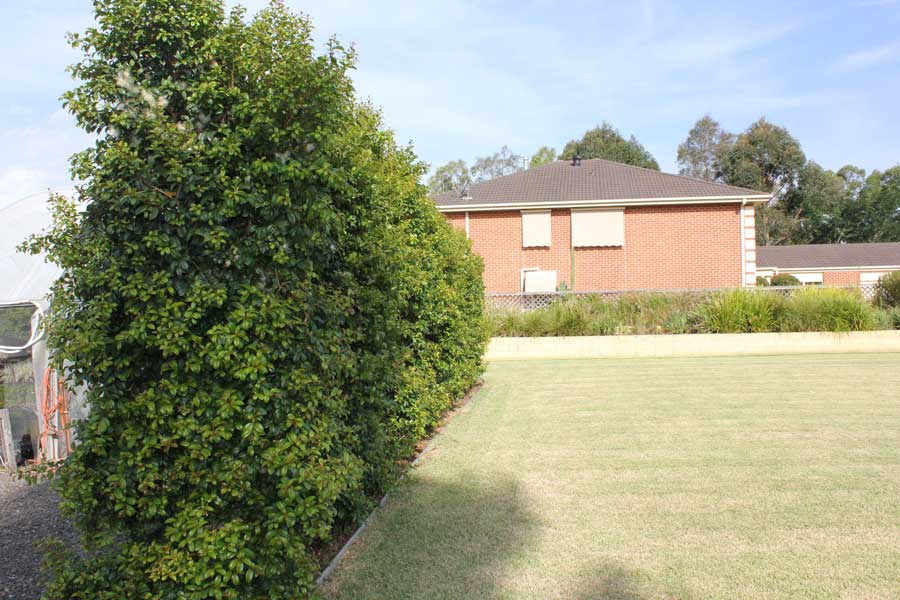
If your garden has overly sandy soil, amending it with quality hydrogel like Terracottem or kaolin clay like Soil Solver can improve its water-holding capacity. For heavy clay soils, gypsum can improve structure but may risk creating a hardpan layer without the addition of organic matter.
Incorporating organic matter, such as compost, manure, or blood and bone, can significantly enhance soil fertility and structure. Contrary to popular belief, Myrtaceae family members like lilly pillies do not require low-phosphorus native fertilisers. To adjust soil pH, consider using soil pH adjusters for achieving optimal conditions.
Choosing a lilly pilly for a site with inappropriate soil conditions could mean a constant struggle to maintain plant health. It’s often more beneficial to select plants suited to existing soil conditions rather than fighting nature.
- This cultivar is another example of a lilly pilly that can thrive in well-draining soils to heavy clay loams, meaning you can spend less money on soil amendments. Sublime™ Acmena smithii ‘DOW30’ PBR.
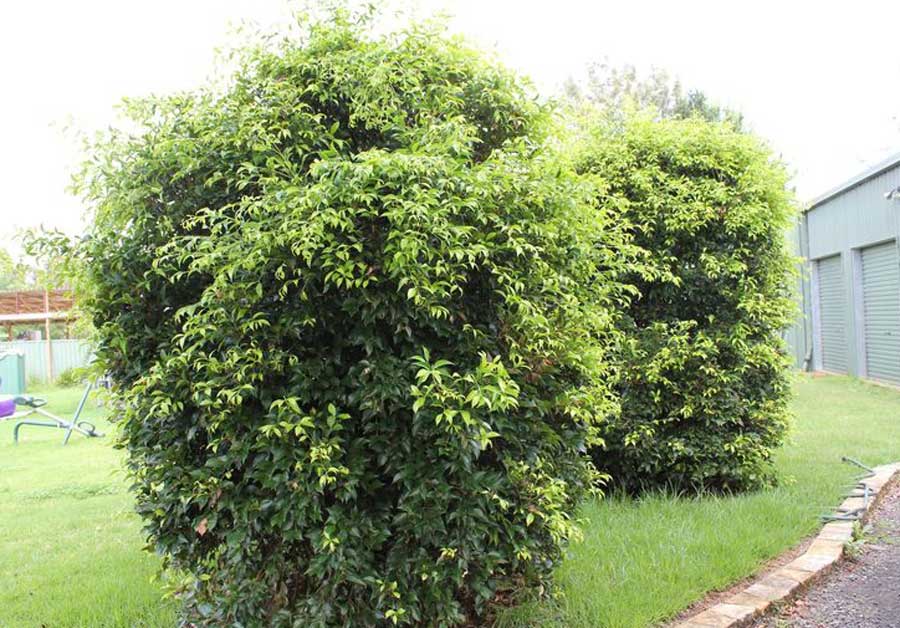
Conclusion
Understanding and catering to the soil needs of lilly pilly hedges can greatly influence their health and appearance. By considering factors such as soil type, drainage, and pH level, you can create an environment where your lilly pillies can truly flourish. Make informed decisions for your garden, and enjoy the lush, vibrant growth of these stunning Australian natives.


